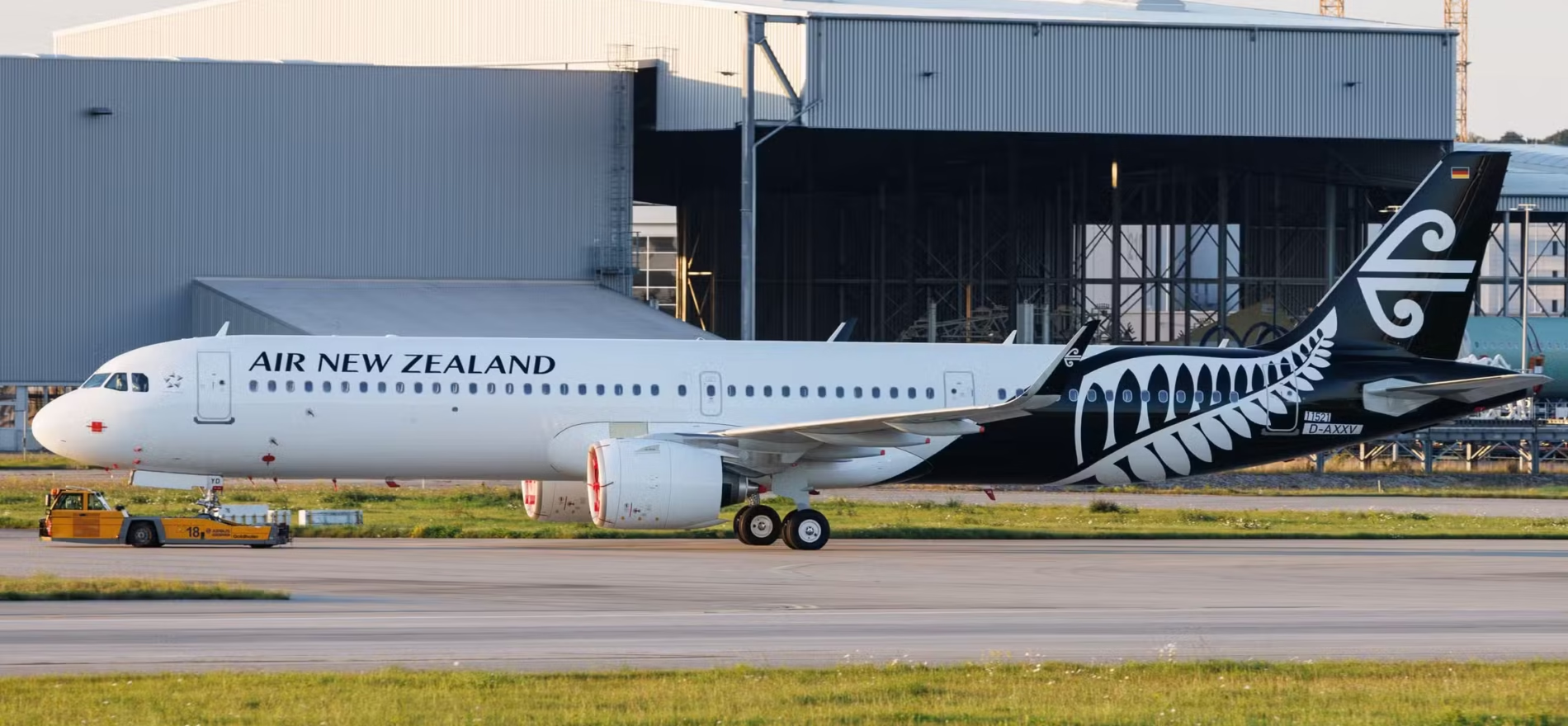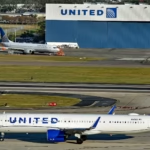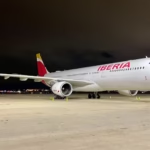Air New Zealand, which was initially unable to provide an outlook for its results, has updated investors, saying that due to the current fleet situation, including 11 grounded aircraft due to engine issues, its earnings before taxes could be up to $112.3 million in 2025.
During the past few months, the airline’s Airbus A320neo family and Boeing 787 family aircraft have been grounded due to problems with the types’ Pratt & Whitney PW1100G and Rolls-Royce Trent 1000 engines.
Grounded Aircraft And Engine Issues

In filings on New Zealand’s Exchange (NZX) and Australian Securities Exchange (ASX) on April 16, Air New Zealand disclosed that it is finally able to provide an outlook for its financial year that ends on June 30, with the airline planning to unveil its full-year results on August 28.
The carrier reiterated when it announced its H1 FY2025 results in February, which included a net profit of NZ$106 million ($62.7 million), it was unable to provide full-year guidance due to significant uncertainty related to its fleet and the related compensation from engine manufacturers, namely Pratt & Whitney and Rolls-Royce.
Air New Zealand stated that the groundings of 11 of its aircraft stem from the accelerated removals and inspections of PW1100G engines powering its A320neo family aircraft and maintenance requirements of the Trent 1000s, mounted on the wings of its 787s. Ch-aviation data showed that the carrier has six A320neo, 12 A321neo, and 14 787-9 aircraft, with one, four, and four currently inactive, respectively. Air New Zealand’s new 787-10 aircraft will be delivered with GE Aerospace GEnx engines.
“Since that announcement, engine maintenance timeframes provided by the manufacturers remain unpredictable. As a result, current expectations are that 11 aircraft are grounded, despite Air New Zealand securing seven additional leased engines and one further owned spare engine to stabilize the number of grounded narrowbody jets.”
Compensation Changes
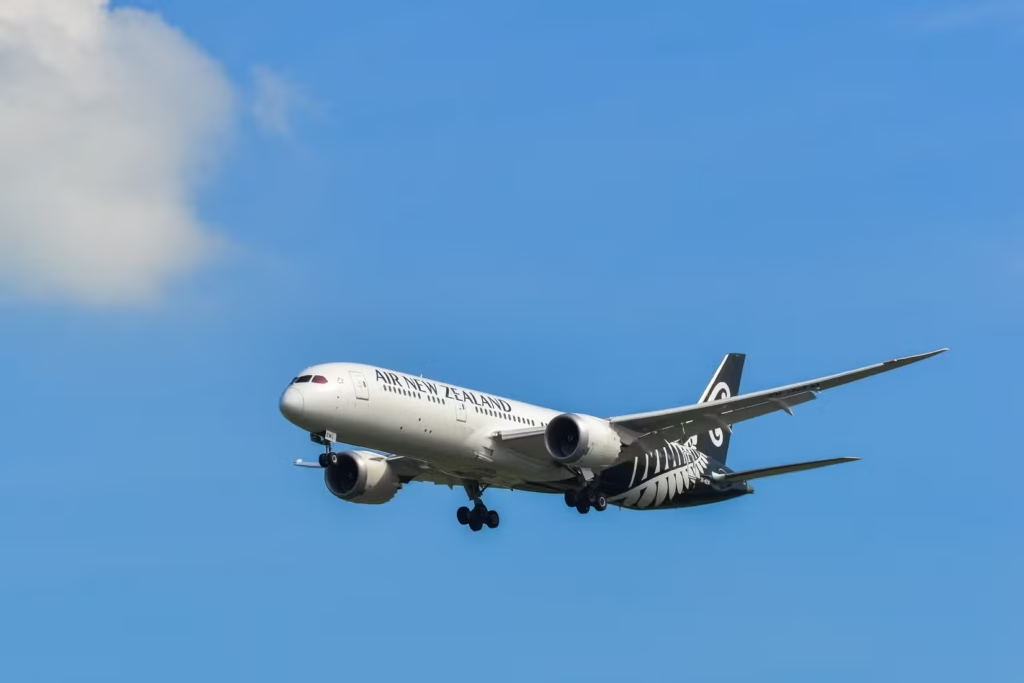
However, the company stated that while it is in active negotiations with the two engine manufacturers regarding compensation and accurate engine return timelines for almost a dozen grounded aircraft, the process is complicated, and the situation has changed since the first half of the fiscal year.
According to Air New Zealand, in H1 FY2025, the compensation framework included flexibility that allowed specific engines, which could not be used in commercial operations, to be treated as unserviceable for them to be eligible for compensation. Thus, the airline kept the engines mounted on the wings to enable it to reposition the stored aircraft.
That short-term flexibility has now ended, the carrier stated, adding that now, engines that are removed from the wings trigger the compensation clause, resulting in Air New Zealand receiving less cash and/or credits from engine makers during H2 FY2025. The airline explained that since engine makers’ compensation is based on the number of unserviceable engines and not grounded aircraft, it does not directly reflect its true operational capabilities.
Benefitting From Lower Prices And Tariff Uncertainty
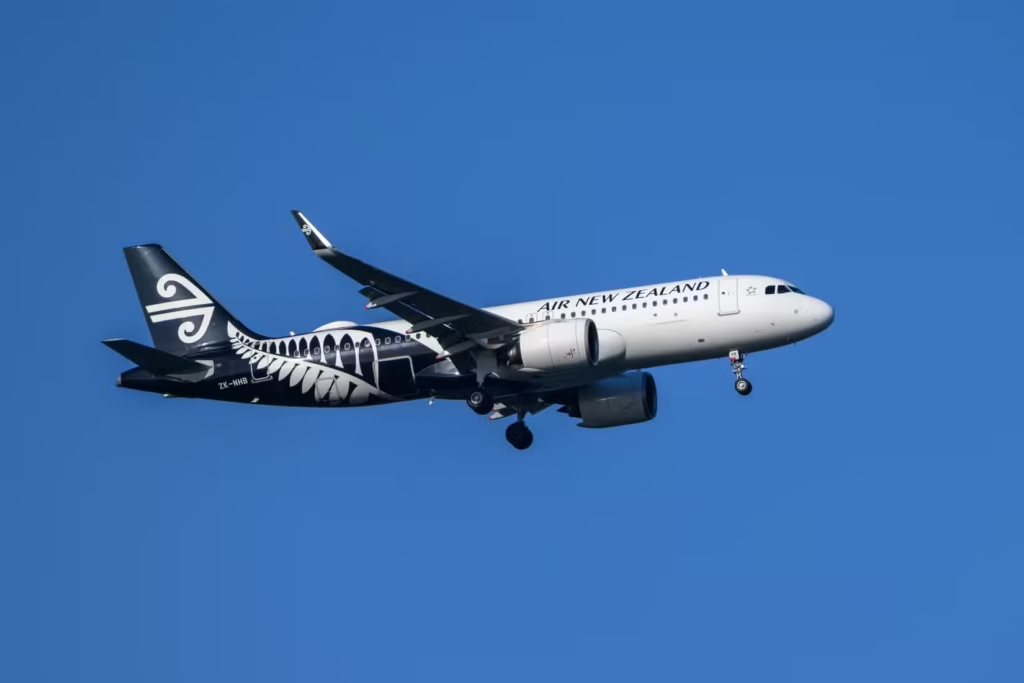
As a result, Air New Zealand estimated that engine-related compensation would be between NZ$35 million ($20.6 million) and NZ$40 million ($23.6 million), substantially less than the NZ$94 million ($55.5 million) it received during the first half of the year.
The airline added that while it is currently benefitting from lower fuel prices, it has configured itself to have eight to ten more jets than are presently available. Adjusting its capacity to reflect fewer aircraft in the short term introduces complexity, especially as engines become available and aircraft return to service, it stated.
Additionally, uncertainty has arisen from the global 10% tariffs announced by Donald Trump, the President of the United States. While individualized higher tariffs have been suspended until at least July 9, Air New Zealand will continue monitoring the situation, adding that it has not seen any material change in bookings or cargo demand. As such, its FY2025 earnings before taxes should be between NZ$150 million ($88.6 million) and NZ$190 million ($112.2 million), assuming that fuel stays at around $81 per barrel for the remainder of the fiscal period.

